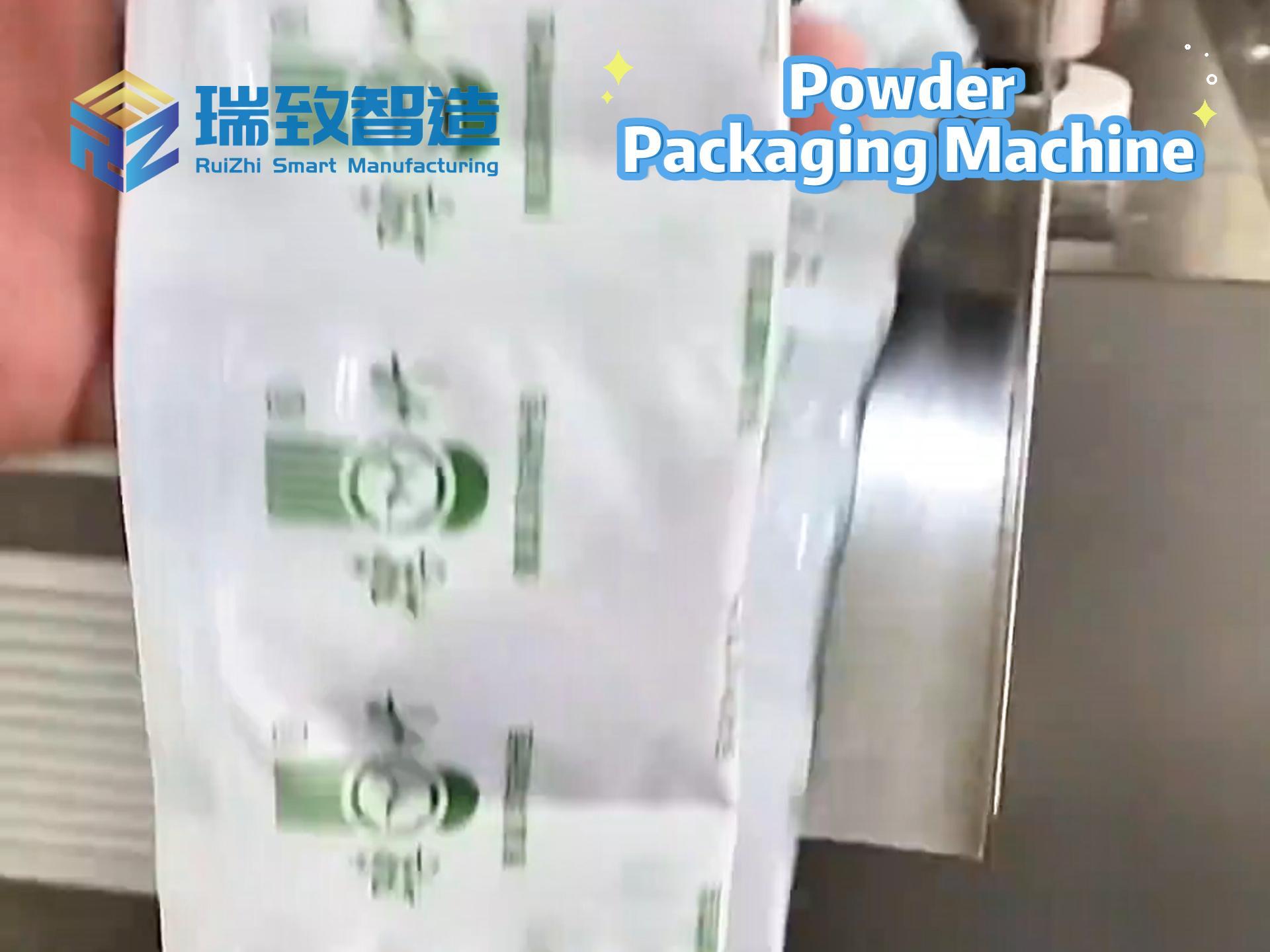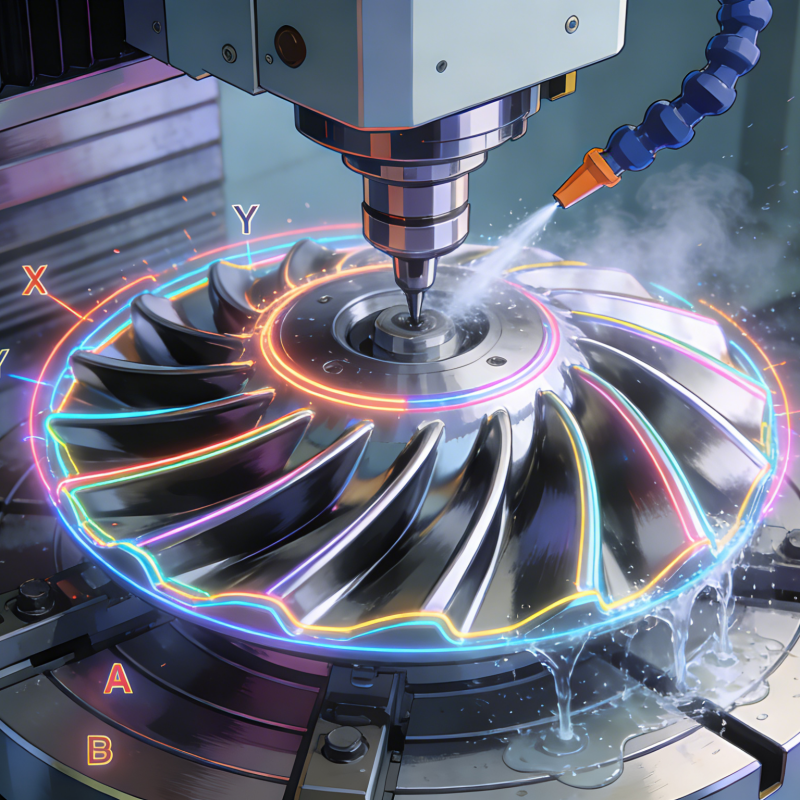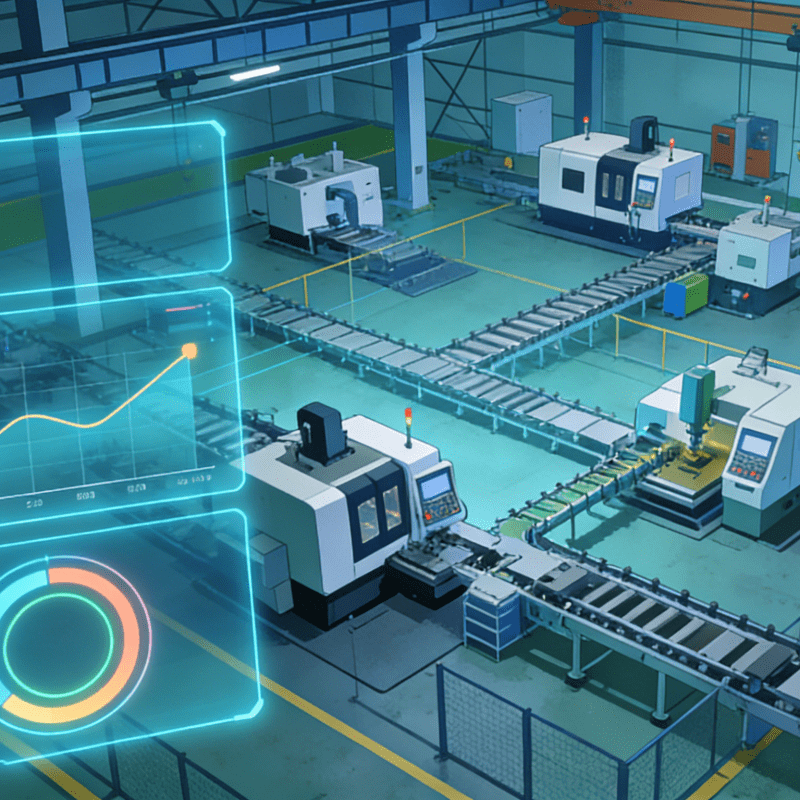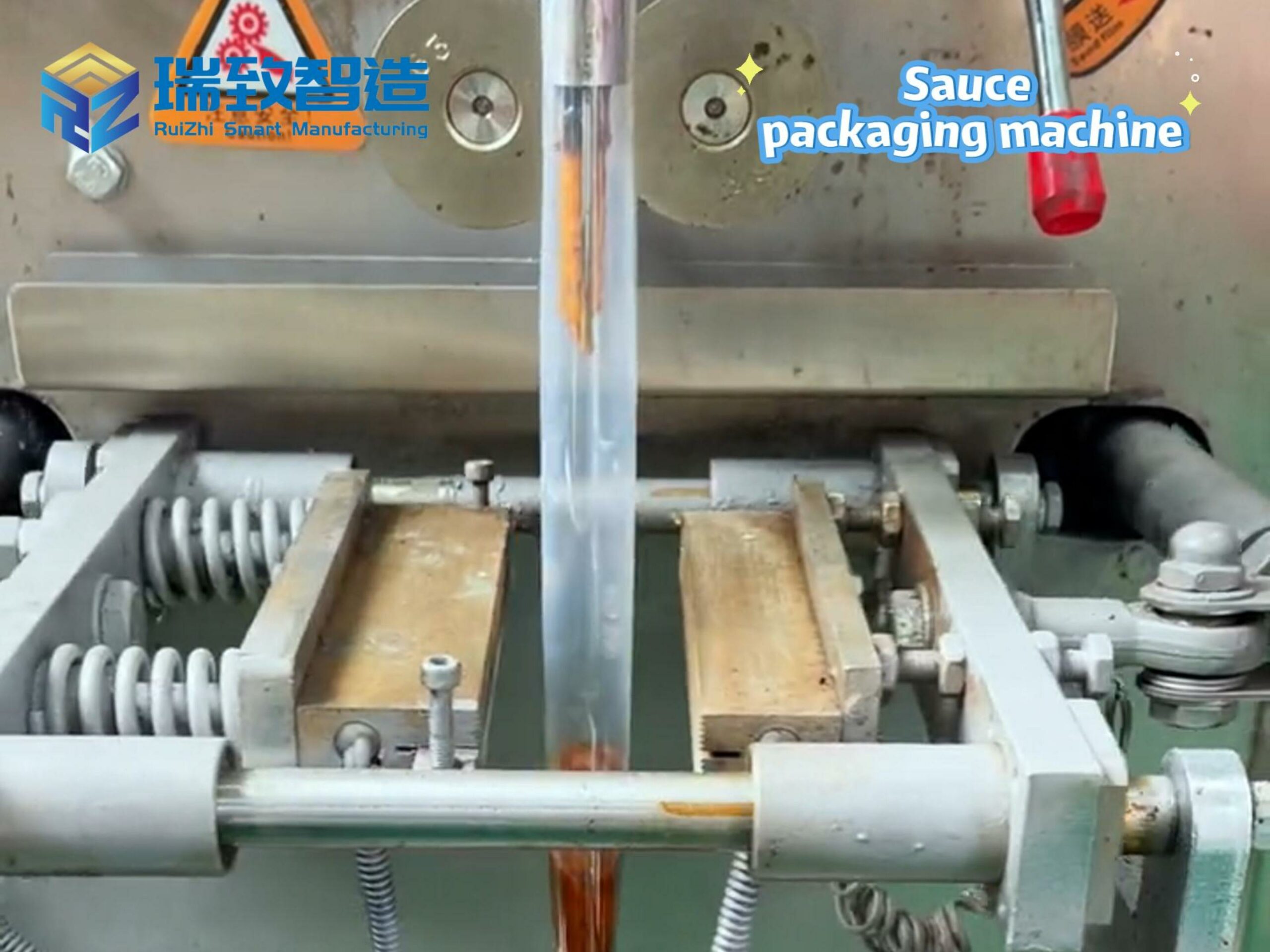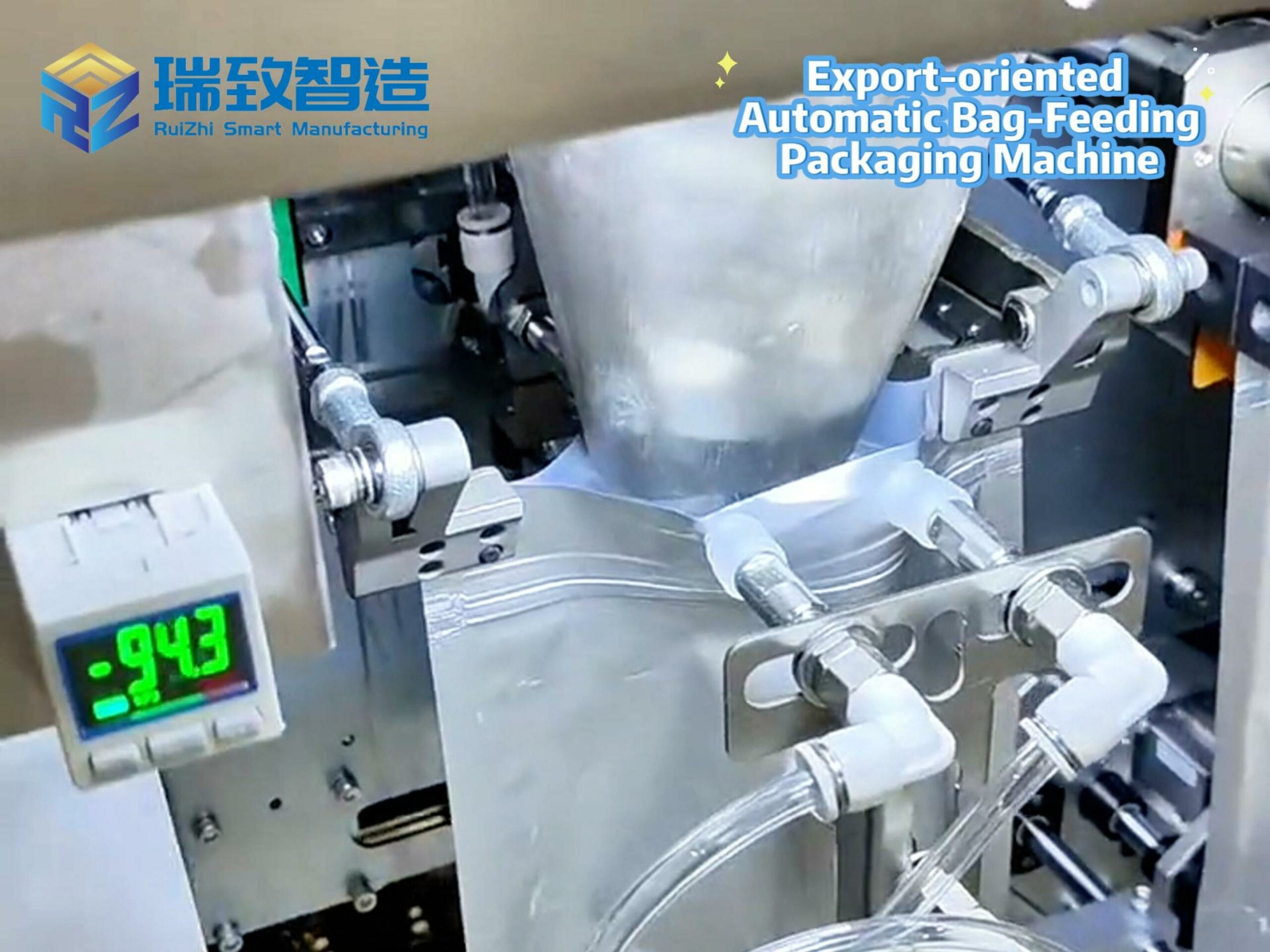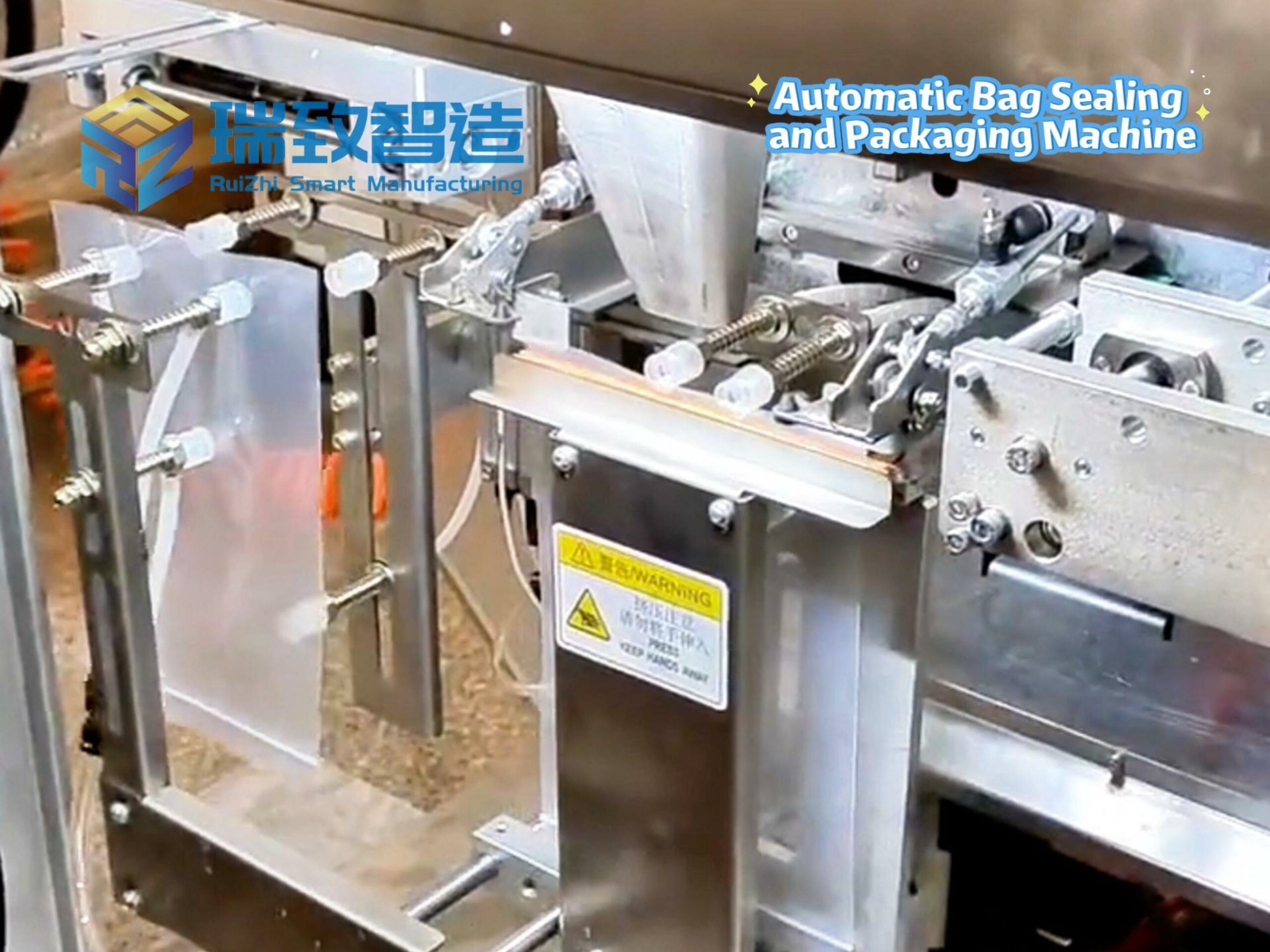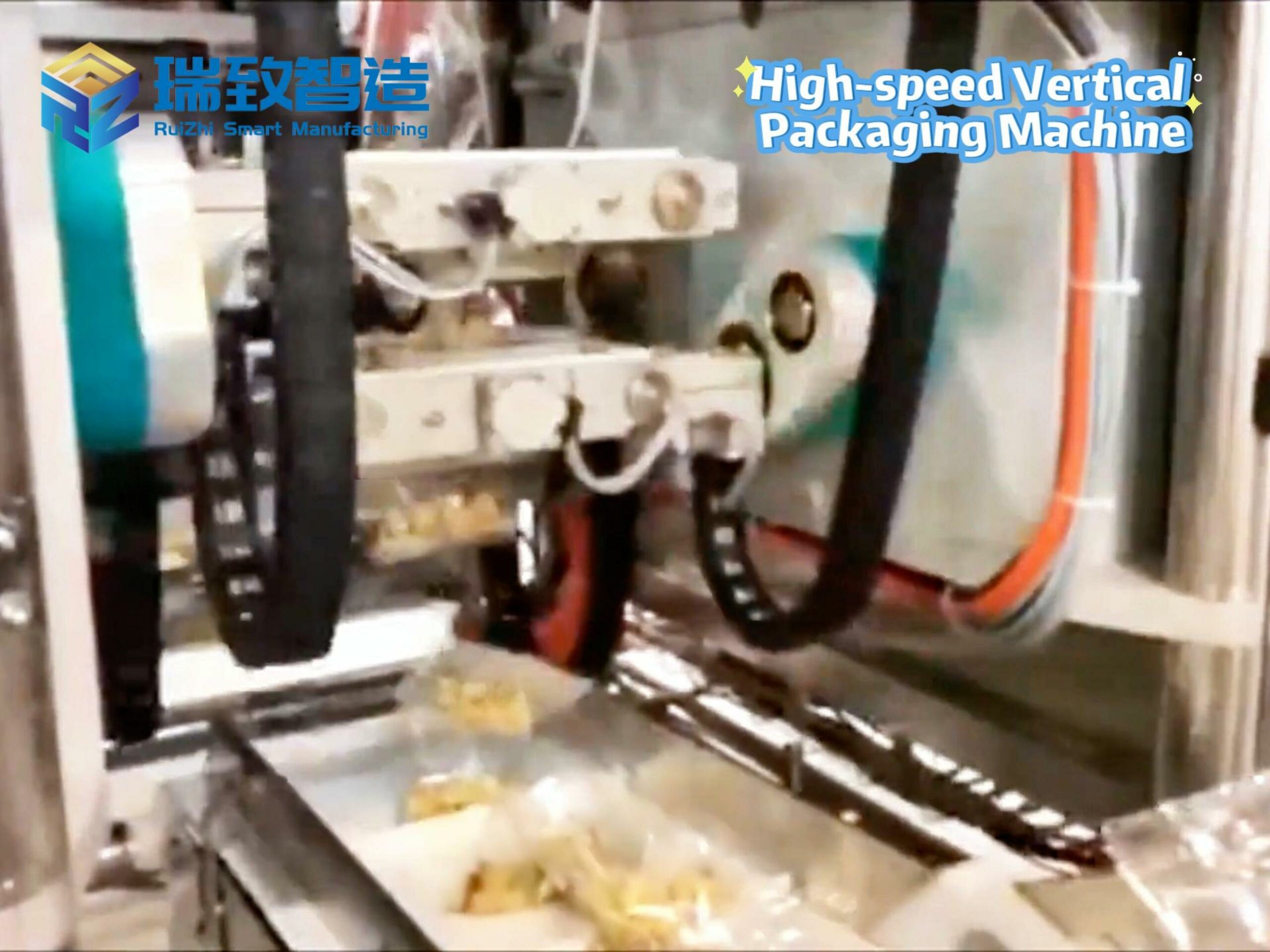At 3 a.m., the automated sorting workshop of an e-commerce logistics center in Shanghai remains brightly lit: cross-belt sorters transport packages at a speed of 3 meters per second, the barcode recognition system completes information matching in 0.1 seconds, and the sorting accuracy remains stable at 99.98%; meanwhile, AGV robots independently plan paths through SLAM navigation technology, shuttling between dense shelves to accurately deliver goods to the review station — this scene vividly illustrates how logistics automation equipment is reshaping industry efficiency. Today’s logistics automation has long transcended the mechanical operations of a single link, forming an intelligent network covering the entire “inbound storage – storage – sorting – outbound – distribution” chain.
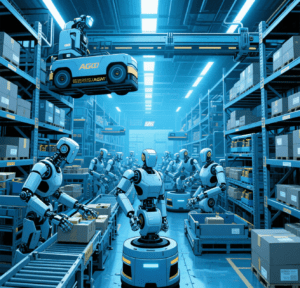
In the warehousing link, the “space revolution” brought by automation equipment is remarkable. The space utilization rate of traditional flat warehouses is only 30%, while automated stereoscopic warehouses realize vertical access of goods through stackers, with shelf heights reaching 24 meters and space utilization rate increasing to over 85%. More importantly, the management of stereoscopic warehouses is completely dominated by WMS (Warehouse Management System): when receiving inbound instructions, laser-positioned stackers can deliver goods to designated locations with an accuracy of ±5 mm, and inventory data is synchronized to the cloud in real time. After a fast-moving consumer goods enterprise introduced this system, inventory counting efficiency increased by 80% and the out-of-stock rate decreased by 35%. For special commodities, automation equipment can also achieve customized storage: cold-chain automated warehouses precisely control the temperature of different areas between -25°C and 10°C through temperature sensors and variable-frequency refrigeration systems, meeting the storage needs of goods such as ice cream and vaccines while reducing energy consumption by 20% compared to traditional cold storage.
The automation upgrade in the sorting link has addressed the pain point of “order surges” during e-commerce promotions. Traditional manual sorting can handle 800 packages per person per hour, while a single cross-belt sorting system can process 20,000 packages per hour, equivalent to the efficiency of 25 workers; more advanced AGV sorting robot clusters achieve dynamic scheduling through distributed algorithms. During the “618” shopping festival, a logistics hub relied on 500 AGV robots to sort over 3 million packages in a single day, setting an industry record. In segmented scenarios, automated sorting technology continues to break boundaries: fresh produce sorting lines use near-infrared spectroscopy systems to automatically grade apples based on sugar content and color, with a sorting speed of 2 pieces per second, 10 times more efficient than manual sorting; book sorting systems can distinguish book editions through image recognition, even accurately identifying color differences of only 0.5 mm on covers, meeting the precise needs of the publishing industry.
Automation innovations in the distribution link are solving the “last-mile” problem. In urban communities, unmanned delivery vehicles build 3D environmental maps through lidar and cameras, capable of recognizing traffic lights and avoiding pedestrians to deliver fresh goods to the entrance of apartment buildings. User feedback from a pilot community shows that unmanned delivery has a punctuality rate of 98%, saving 30% of the time compared to manual delivery; in rural areas, tracked delivery robots can adapt to muddy roads, delivering agricultural materials to villages and solving the difficulty of distribution in mountainous areas. More cutting-edge drone delivery has been implemented in remote areas: a logistics company’s drones can carry 5 kg of goods with a flight radius of 15 kilometers, reducing the time to deliver medicines from township health centers to remote villages from 2 hours to 20 minutes, significantly improving emergency response efficiency.
Notably, logistics automation is transforming from “standardized operations” to “flexible response”. Traditional automation equipment could only handle goods of uniform specifications, but now, robots equipped with 3D visual recognition can grasp irregularly shaped items (such as clothing and toys) with a success rate of 99%; intelligent scheduling systems can dynamically adjust sorting strategies based on order characteristics. A fresh food e-commerce platform optimized delivery routes through AI algorithms, reducing the average mileage of same-city deliveries by 15% and the vehicle empty load rate by 25%. This “flexibility” enables automation equipment to calmly cope with order fluctuations during peak periods such as “Double 11” and meet personalized delivery needs under the C2M (Customer-to-Manufacturer) model.
In the future, with the integration of 5G, digital twins, and automation equipment, logistics networks will achieve “global intelligent scheduling”: warehouse robots, delivery vehicles, and terminal devices will independently optimize work processes through real-time data interaction; in case of sudden rain, the system will automatically adjust the speed of unmanned vehicles and notify users of pickup times in advance; even automation equipment from different logistics companies can share capacity resources, forming a cross-enterprise smart logistics ecosystem. However, the ultimate goal of technology is always to serve people — freeing couriers from repetitive sorting and handling work to shift to more human-centric tasks such as customer service and exception handling. This is precisely the humanistic value of logistics automation equipment.
#honeywell automation share price #irctc tatkal automation tool #home automation


